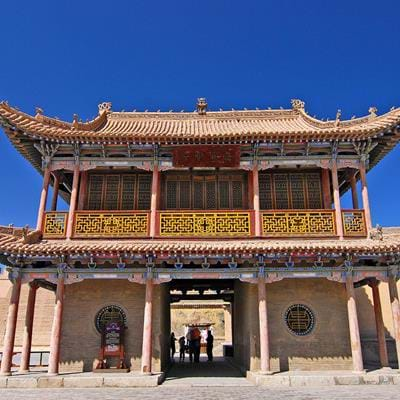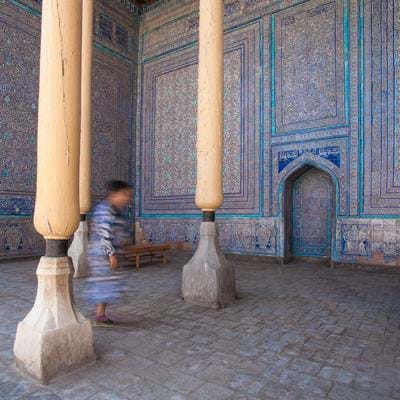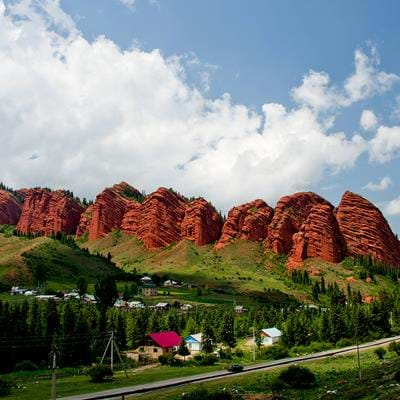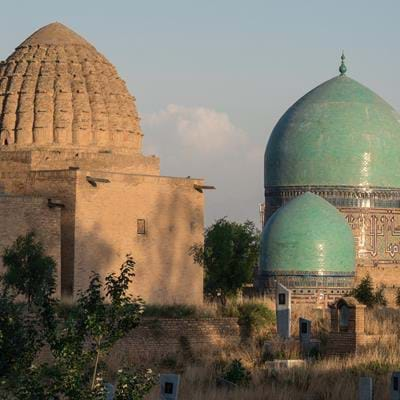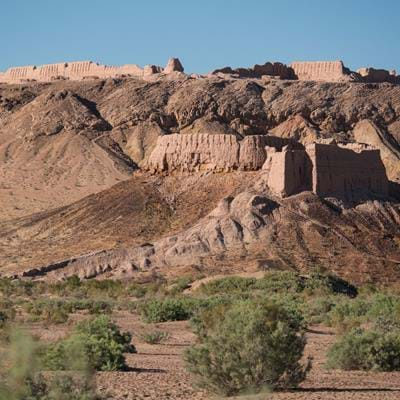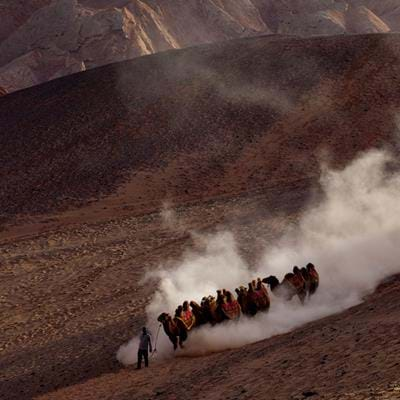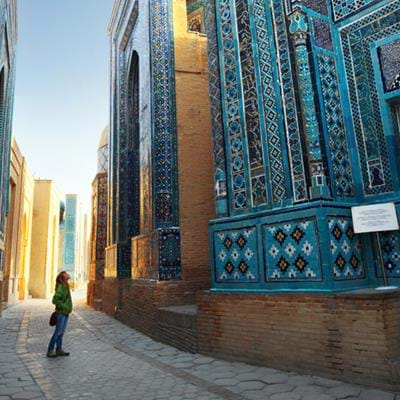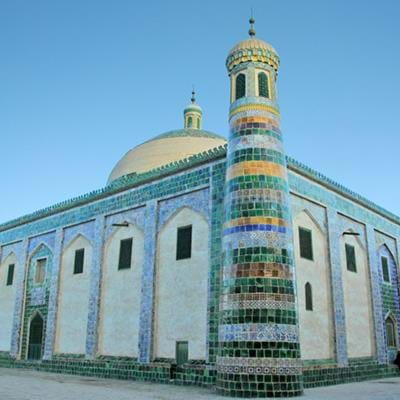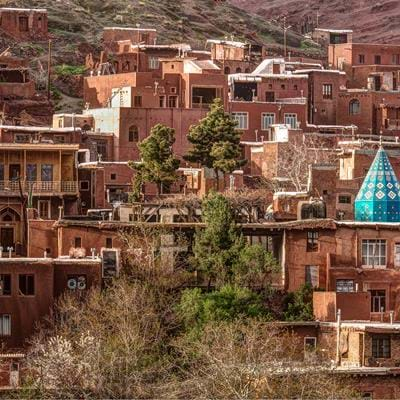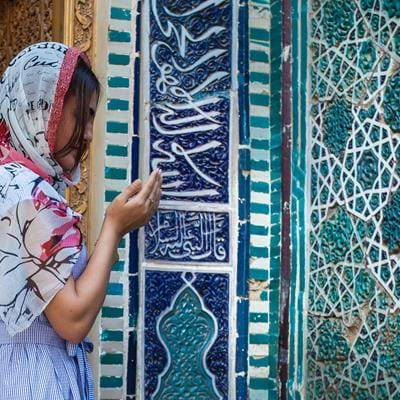Uzbekistan 27.07.2023 Transindus
Since Marco Polo first followed it to China in the 13th century, the ancient Silk Road has held great fascination for Western travellers. Now, the epic landscapes and exotic monuments of Central Asia are more easily accessible than ever, though it can be difficult to know where to start any exploration of this remote region given the vast distances involved.
In this blog, we identify our ten top places to visit on a Silk Road Holiday, divided between three of the most easily accessible ‘Stans’ of Kyrgyzstan, Uzbekistan and Turkmenistan. You can visit a cluster in one trip or use them all as stepping stones on a longer journey into Xinjiang and the great Taklamakan Desert of Western China.
All of the places mentioned below feature on our tailor-made Silk Road holidays, and sample itineraries may be viewed by clicking on the link at the end of the piece.
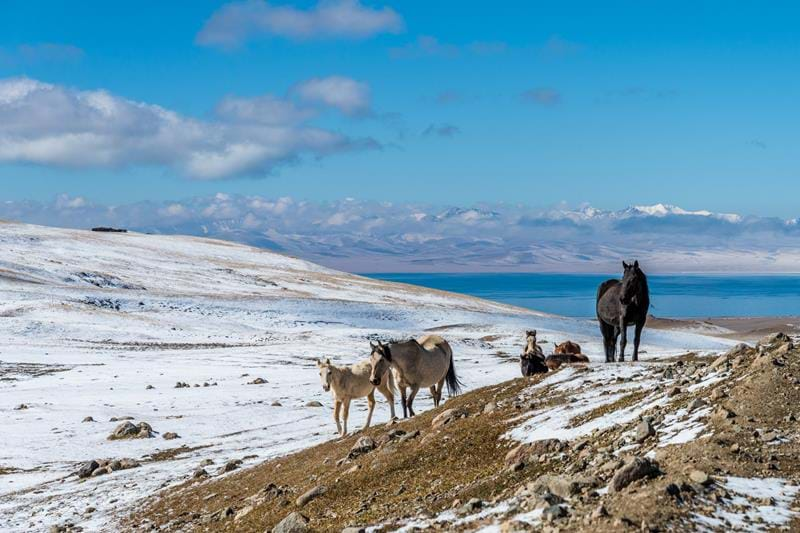
Song Kol
This exquisite lake is in the foothills of the Tian Shan in central Kyrgyzstan, surrounded by lush meadows and soaring snow peaks. A sea of rolling ‘jailoo’ grasslands spreads for as far as the eye can see to the north and west, providing ample pasture for the Kyrgyz nomads and their herds of beautiful horses and shaggy yaks who settle around the lake in the summer. A few families offer basic accommodation here for visitors in specially erected yurts, which offers a close experience of life in this remote and wild corner of the country.
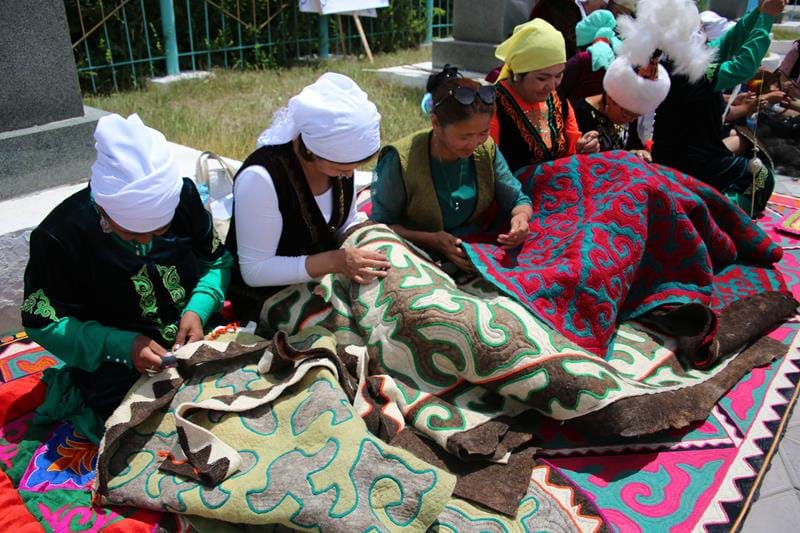
At Bashy
Kyrgyzstan’s nomads are famous throughout Central Asia for the traditional carpets and rugs, known as ‘Shyrdaks’, which they weave from sheep’s wool felt. A huge selection, in a broad range of contrasting colours, patterns and styles, is sold at the annual Shyrdak festival, held each July in the village of At Bashy. Some of the finest makers in Central Asia demonstrate their art at the fair – a great shopping opportunity and a chance to taste traditional nomadic life.
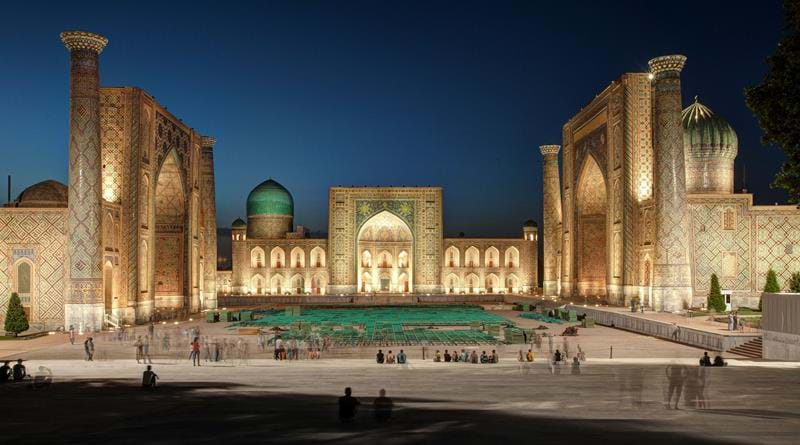
Samarkand
First on our list of the top places to visit on a Silk Road holiday is Samarkand. Situated close to the point where the Zerafshan River flows out of the snow-capped Pamirs, Samarkand has been a centre of trade and civilization since the sixth century BCE, when the Sogdians founded a palace complex here. But during the reign of the Timurids, in the 14th and 15th centuries, the city became among the wealthiest and most sophisticated in Asia – thanks to the lucrative trade in luxuries passing through its gates. Ample evidence of this cultural flowering can be seen in the richly decorated tomb of Amir Timur and the magnificent Registan complex – the high watermark of Islamic architecture on the Silk Road.
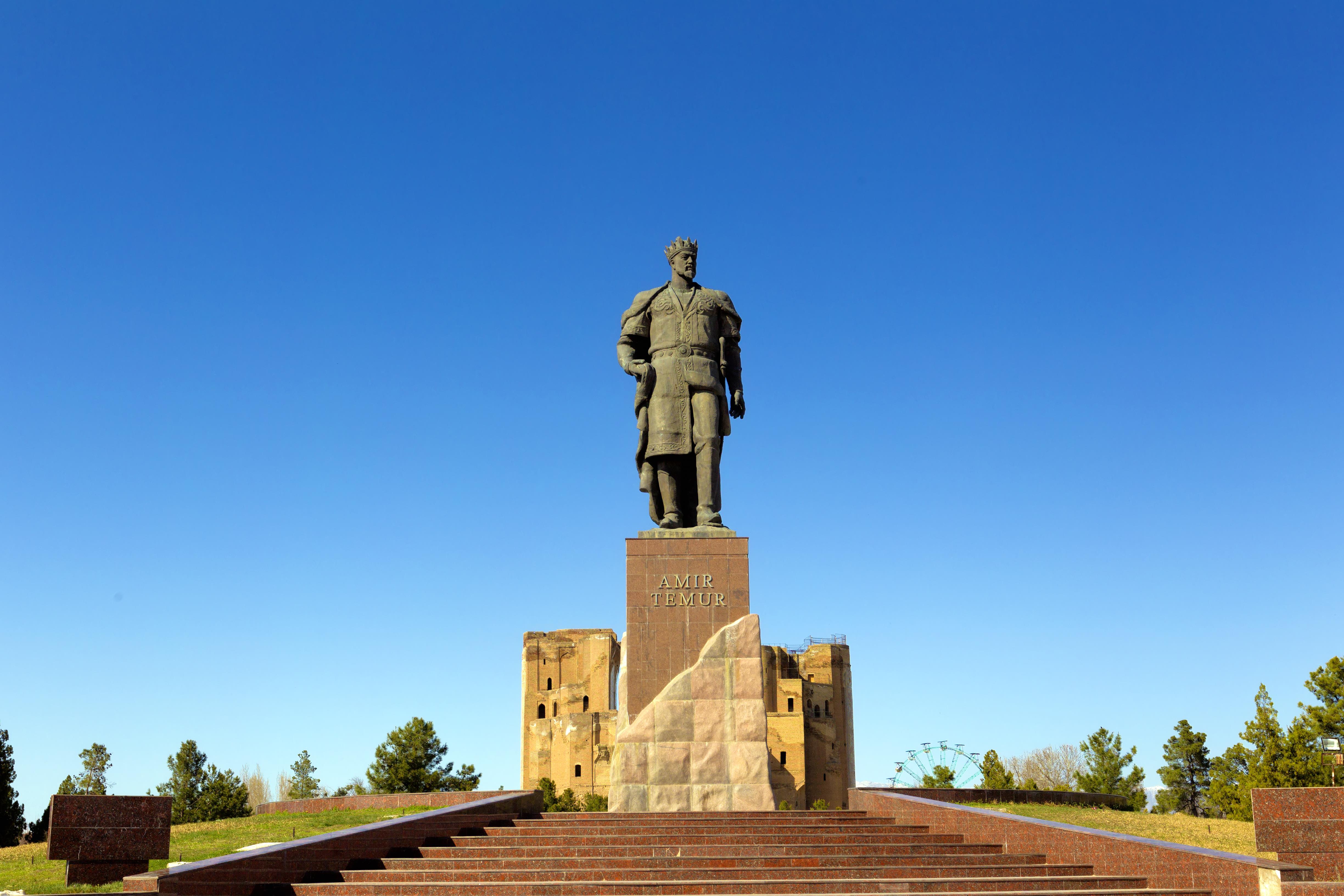
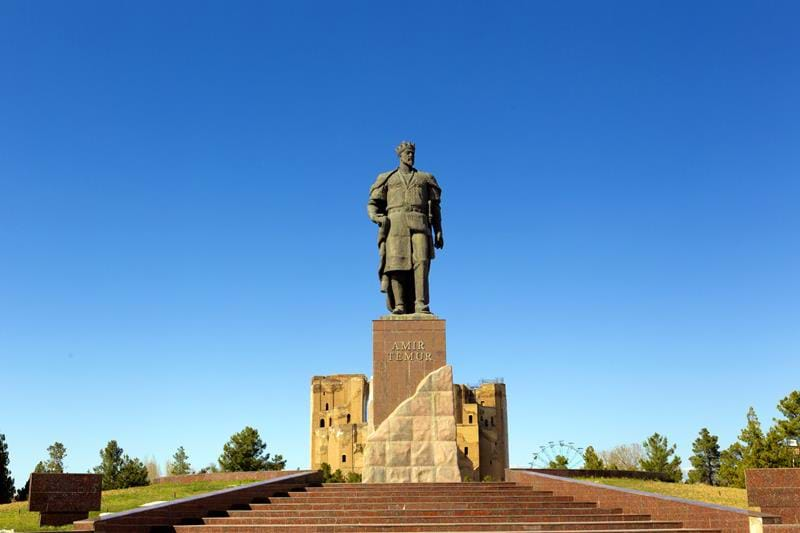
Shakrisabz
This oasis town on the south side of the Gissar Mountains was where Alexander the Great met his wife, Roxana, in the 4th century BC. Today it is better known as the birthplace of Amir Timur – a fact celebrated by a crop of spectacular monuments. The poster pieces here are the turquoise-domed Kok Gumbaz mosque and the ruins of Timur’s Summer Palace, the Ak-Sarai. Shakrisabz can be comfortably seen in a day trip from Samarkand.
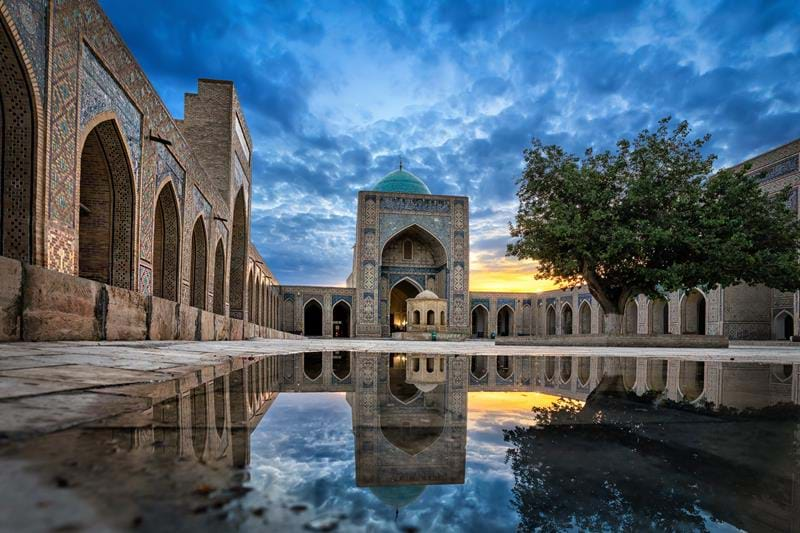
Bukhara
A centre of trade, scholarship and religion since the time of the ancient Sassanids (900s BCE), Bukhara is the home of the resplendent Poy Kalan complex of buildings, comprising the Kalan Mosque, Mir i-Arab Madrasa and Kalyan Minaret. Numerous other striking monuments are dotted around the city – enough to keep you occupied for two or three days – while the local handicraft markets are the best stocked in the region, with particularly delightful ceramics and carpets from local workshops.
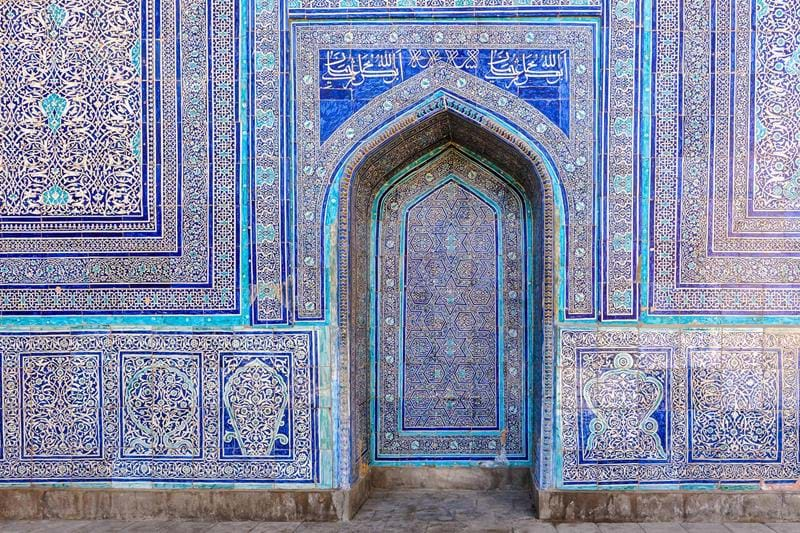
Khiva
Khiva sits on the fringes of the desert in the remote west of Uzbekistan. Its skyline of mud-brick courtyard houses, tiled minarets and vibrant turquoise domes – all beautifully restored since Independence in the 1990s – encapsulates the exotic grandeur of the Silk Road. Wander through the narrow alleyways of the old town to wood carvers’ yards and workshops specializing in ‘suzani’ embroidery. Khiva is also the best place in the region to pick up shaggy sheep’s wool hats from the nomads who roam across the nearby Turkmen border.
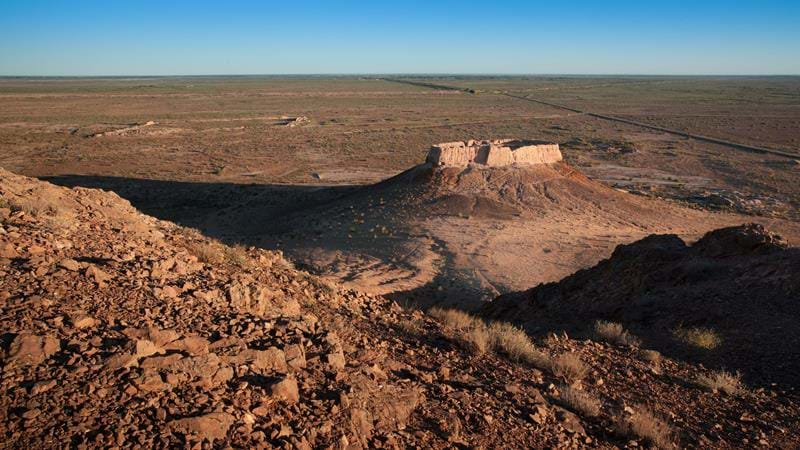
The Desert Forts of Khorezm
Dotted around the hills to the north of Khiva are a dozen of ancient fortresses dating back 2500 years. Featured on UNESCO’s ‘tentative list’, they are the remnants of a civilization that emerged here around the time of ancient Greece and which endured for a thousand years or more until the river changed course. Eroded ramparts and elaborate royal palaces' floor plans preside over vast scrub and sand horizons. The best of the forts can be seen in a day trip from Khiva.
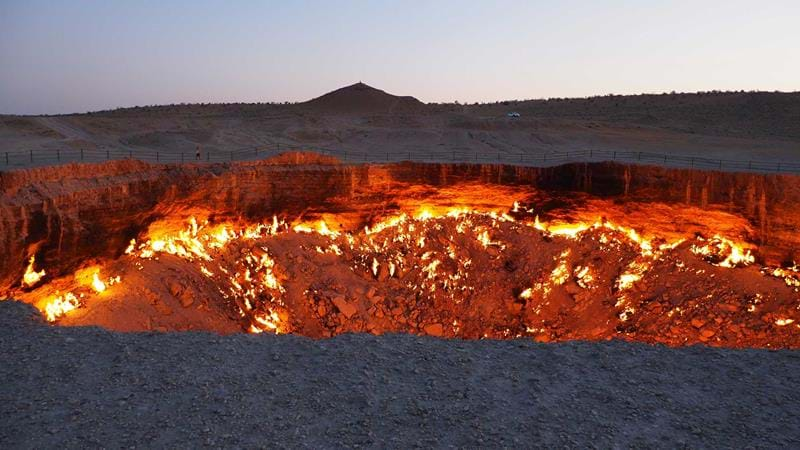
The Darwaza Gas Crater
Among the most surreal sights in the Silk Road region is the Darwaza gas crater, a hole deep in Turkmenistan’s Karakum Desert filled with flames and molten rock. It was inadvertently created in the 1970s by Soviet geologists prospecting for oil: they mistakenly blew open an underground cavern full of methane and the crater has burned brightly ever since. It’s particularly impressive at night, which is why it’s best to stay at one of the nearby tent camps. With zero light pollution guaranteed, the starry skies of the Karakum are an additional incentive.
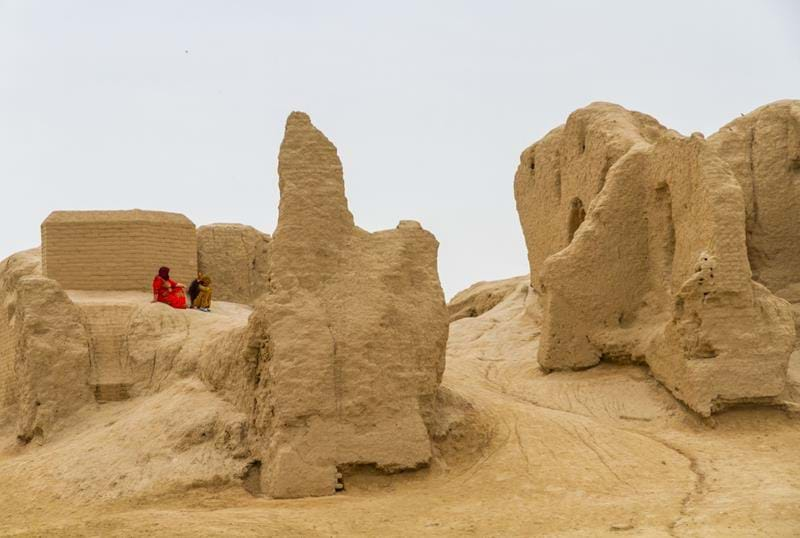
Merv (Mary)
The oasis at Merv, on the Murghab River in Turkmenistan, was, until its destruction by the Mongols in 1221, the de facto capital of the Muslim world. Although now crumbling into the desert, its ruins, dating back to the ancient Persian era, are still unforgettable. The remains of four distinct walled cities can be seen. The most impressive is ‘Soltangana’, where the elegant, double-storeyed palace of the Abbasid kings rises from an array of beautiful Seljuk tombs. An estimated 70,000 people were slaughtered here in the wake of the Mongol attack that brought the city’s life to an abrupt end.
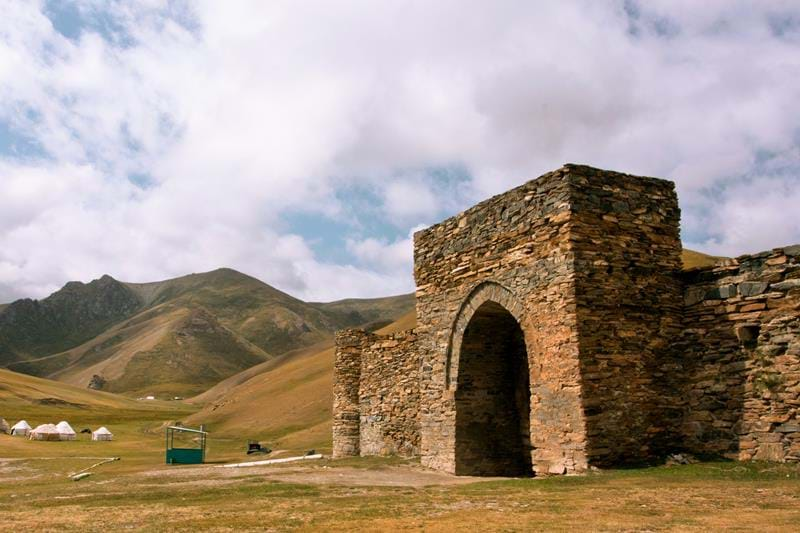
Tash Rabat
Last on our list of top ten places to visit on a Silk Road holiday but no less important and incredible is the secluded Tash Rabat. Enfolded by bare, snow-streaked hillsides, this lonely domed building in Kyrgyzstan’s Tian Shan mountains is a great place to spend a night or two if you’re crossing the Torugart Pass into Xinjiang. You can sleep in the yurts close by with very little about - an amazing place for star-gazing. The building originally served as a Nestorian-Christian monastery but was later converted into a caravanserai, complete with 31 rooms ranging around a central courtyard. The yurt camp, run by a local family, offers simple comforts amid this beautiful, stark landscape. Horses are available locally for rides through nearby valleys and Chatyr Kul, a turquoise glacial lake deep in the mountains.
